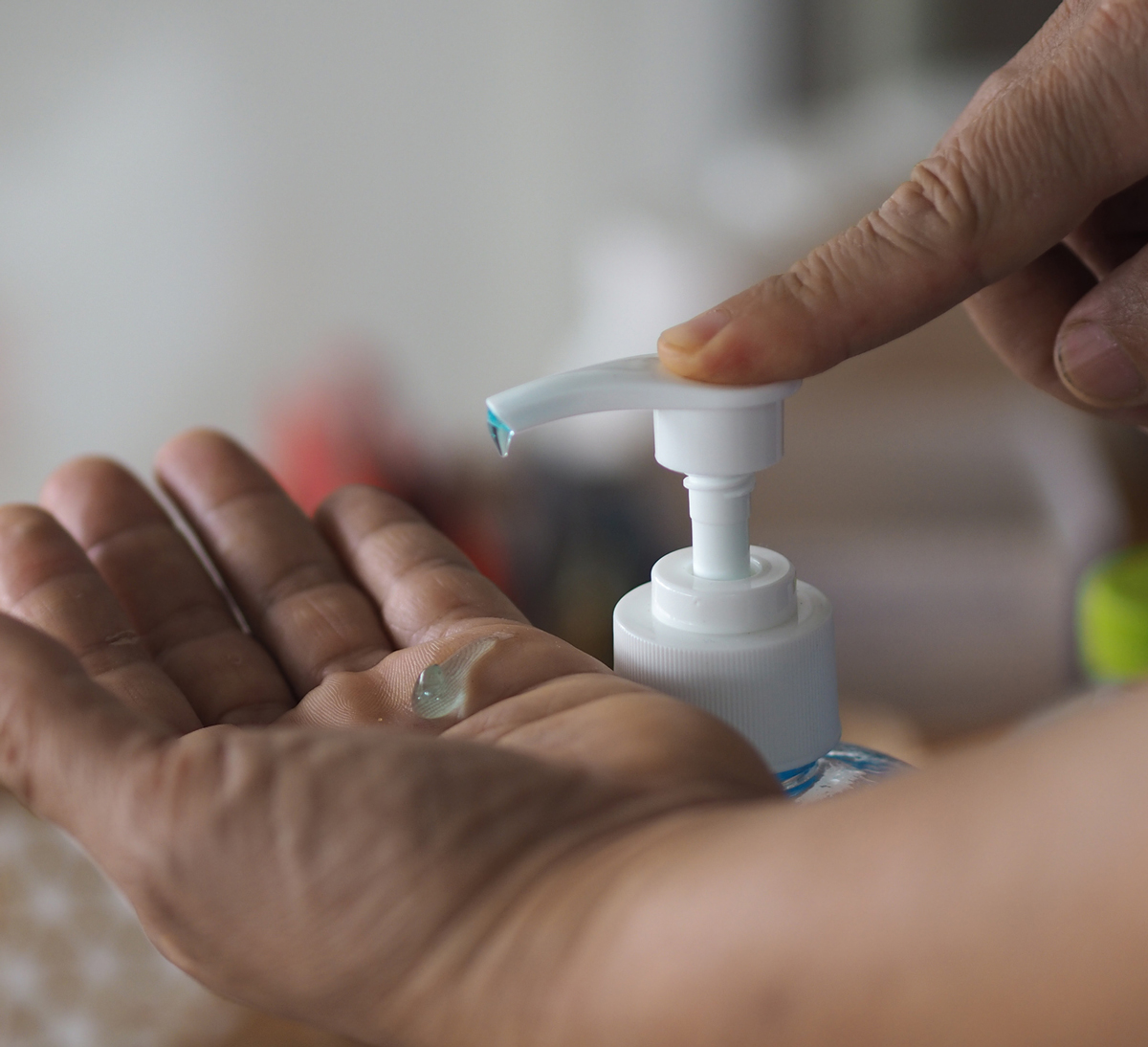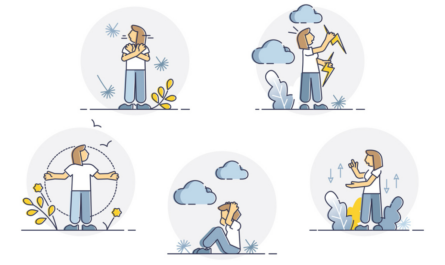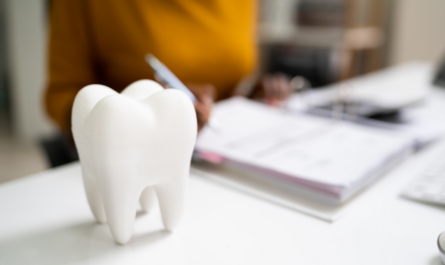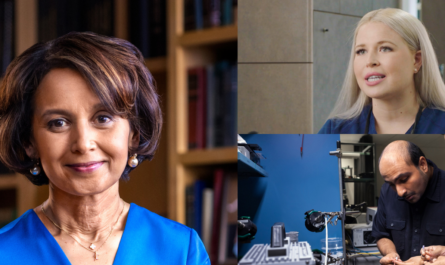The era of COVID-19 is unprecedented, from office closures to reopenings, and protection from the virus.
The COVID-19 outbreak and its impact on our daily lives is rapidly evolving. As dentists and their staff entertain going back to work after states reopen, they have been identified as a high-risk job for potentially contracting the novel coronavirus. In that realm, the American Dental Association (ADA) has provided mask and face shield guidelines and a return to work toolkit that are meant to help practices take measures before, during and after patient appointments to protect dentists, patients and staff. In a statement, the ADA said it believes dentists should exercise professional judgement and carefully consider the availability of appropriate personal protective equipment (PPE) to minimize risk of coronavirus transmission.
According to OSHA, dentistry work tasks associated with exposure risk
levels include:
- Lower (caution)
- Performing administrative duties in non-public areas of dentistry facilities, away from other staff members.
- Medium
- Providing urgent or emergency dental care, not involving aerosol-generating procedures, to well patients (i.e., to members of the general public who are not known or suspected COVID-19 patients).
- Working at busy staff work areas within a dentistry facility.
- High
- Entering a known or suspected COVID-19 patient’s room or care area.
- Providing emergency dental care, not involving aerosol-generating procedures, to a known or suspected COVID-19 patient.
- Performing aerosol-generating procedures on well patients.
- Very High
- Performing aerosol-generating procedures on known or suspected COVID-19 patients.
- Collecting or handling specimens from known or suspected COVID-19 patients.
The ADA has provided interim mask and face shield guidelines that align with existing CDC recommendations for patients without signs or symptoms of COVID-19, including:
- It should be assumed that all patients can transmit disease.
- Use the highest level of PPE available when treating patients to reduce risk.
- N95 masks – Level of risk: Low
- N95 equivalent masks, KN/KP95, PFF2, P2, DS/DL2, Korean Special 1st – Level of risk: Low
- Surgical mask – Level of risk: Moderate
- If masks with either googles or face shields are not available, please understand there is a higher risk for infection.
- Use your professional judgement related to the treatment provided and the patient’s risk factors.
Meanwhile, for those dentists reopening their doors, the ADA’s Advisory Task Force on Dental Practice Recovery has developed the free “Return to Work Interim Guidance Toolkit.” It includes:
- Welcome back reassurance sample letter to patients
- Guidance on pre-appointment screening
- In-office patient registration procedures
- Reception area preparation strategies
- Chairside checklist
- Staff protection strategies
- Supplies shopping list
The ADA’s Advisory Task Force on Dental Practice Recovery began meeting in April with the overall goal of helping dentists get back to serving their communities while protecting patients, office staff and themselves. It is comprised of practicing dentists with support from ADA experts in science, practice, law, regulation and other key areas. Drs. Rudy Liddell, chair of the ADA Council on Dental Practice, and Kirk Norbo, 16th District trustee, are the co-chairs for the advisory task force.
To further help dentists reenter their offices, the Organization for Safety, Asepsis, and Prevention (OSAP) has provided an on-demand webinar on respiratory protection in the era of COVID-19. The webinar discusses:
- Steps to introduce the use of N95 and other respirators in dental settings
- Practical tips for developing the OSHA respiratory protection program, including fit-testing, medical evaluation and training
- Different levels of surgical masks and how they compare to N95 respirators
- Proper steps for donning and doffing of all PPE
Video highlights also include:
- How to put on and take off PPE
- Droplet and airborne transmission precautions
for the dental team - Using respirators and surgical masks in dental setting during COVID-19
- Understanding FDA and OSHA requirements for using respirators for confirmed or suspected COVID-19 patients
- How to optimize PPE
- OSAP experts answering dental community questions about PPE
The impact of COVID-19 is unprecedented. Given the rapid spread to date, DSOs should consider a set of actions: protect and provide purpose to employees, stress-test financials, stabilize critical functions, engage with patients and leverage online training.
Sidebar:
Aspen Dental
New York-based Aspen Dental is taking proactive steps so that patients, care teams and communities have a safe, clean care environment for their dental needs. They are committed to the highest safety standards and now, deep cleaning has taken on a whole new meaning. All care team members must wear PPE such as masks when working with patients, whether they are at the front desk or in a treatment room. Equipment is sterilized and dental chairs and all surfaces are cleaned between each patient. Surfaces in waiting rooms and common areas are cleaned hourly to keep high touch surfaces clean. Hand sanitizer is available throughout the office.
Patients are being asked to arrive on time, not early, to minimize time spent in the office. Patients are quickly moved into their treatment room upon arrival. If a wait is required, patients are asked to wear a mask and wait outside the office, preferably in the car, before an appointment. They are texted when they are ready to be seen. Also, family and friends of the patients are asked to wait outside the office unless the patient requires personal assistance during their visit. If so, their companions are checked for symptoms, given a mask, and wait outside during the appointment.
Team members are checked daily for signs or symptoms of illness, including mandatory temperature checks. Care team members who show any signs or symptoms of a cold, seasonal flu or COVID-19 must stay home until they have been cleared by their healthcare provider. All patients are screened before starting care to assess their COVID-19 risk, including temperature check and symptom screening.
Appointment times are staggered to limit the number of people arriving to the office at any given time. Where possible, high-risk patients will be scheduled earlier in the day, when the office is less busy, to minimize unnecessary contact. Aspen Dental encourages patients to complete their paperwork online in advance of their appointment to minimize paper in the office. And, they have eliminated paper sign in at the front desk.





